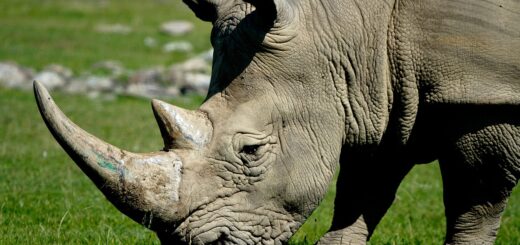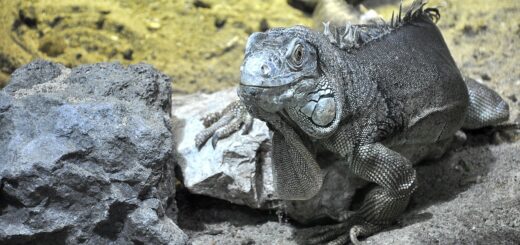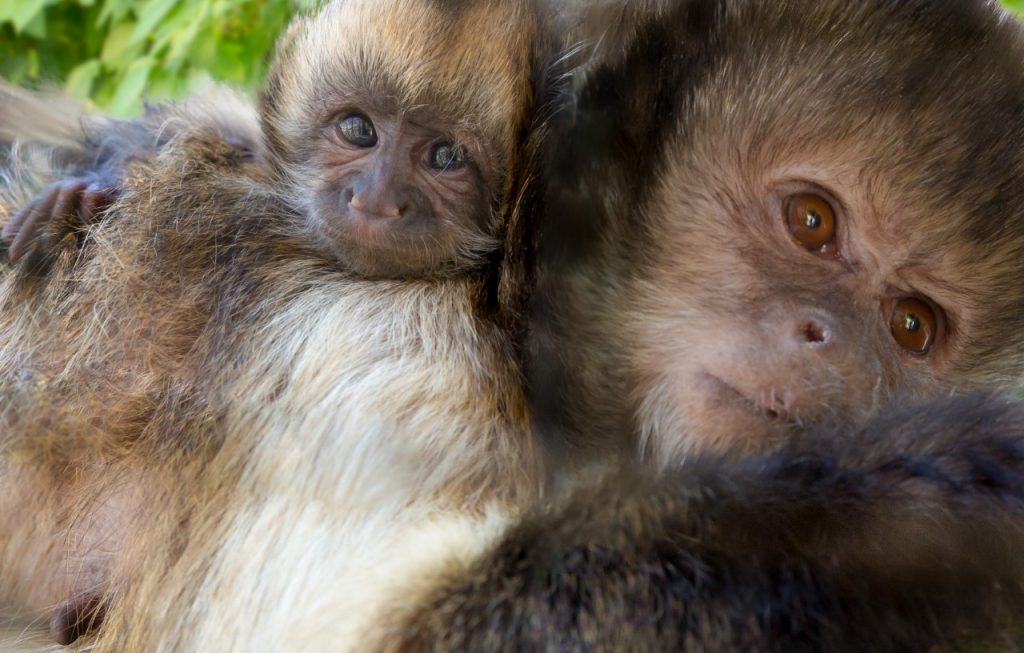New insights into dietary management of polar bears (Ursus maritimus) and brown bears (Ursus arctos)
Citation
Robbins CT, Tollefson TN, Rode KD, Erlenbach JA, and Ardente AJ. 2021. New insights into dietary management of polar bears (Ursus maritimus) and brown bears (Ursus arctos). In Brooks M, Koutsos E, and Henry B Eds. Proceedings of the Fourteenth Conference on Zoo and Wildlife Nutrition, Zoo and Wildlife Nutrition Foundation and AZA Nutrition Advisory Group, Virtual.
Abstract
Although polar bears (Ursus maritimus) and brown bears (Ursus arctos) have been exhibited in zoological gardens for centuries, little is known about their nutritional needs. While brown bears, have relatively few health problems in managed care and can be fed a variety of diets, very few captive polar bears live to their maximum lifespan of late 30s or early 40s. The average lifespans of captive polar bears dying of liver, cardiovascular, and kidney diseases are mid to late 20s. Although lifespans of captive polar bears are often longer than that of wild bears, liver cancer and kidney disease and failure result from long-term inflammation of those organs which may result in ill health lasting years prior to death. We and others have hypothesized that elevated dietary protein may be a contributing factor to the high incidence of end stage renal disease and liver cancer in captive polar bears and that captive bear diets should be based on understanding the diets of wild bears. Multiple recent studies on captive and wild polar bears and brown bears have found that they voluntarily select dietary macronutrient proportions resulting in much lower dietary protein and higher fat or digestible carbohydrate concentrations than are currently fed in most zoos. These lower protein concentrations selected by both species maximized growth rates and efficiencies of energy utilization in brown bears and may play a role in reducing kidney, liver, and cardiovascular diseases in both species. Therefore, we propose the need for the development of new dietary regimens for both species in managed care that will better reflect their macronutrient needs. While proposing several options, we evaluated aspects of one currently available product that could be used as the basis for a new dietary program. Because many nutritional deficiencies and related diseases can take months or years to appear, we urge caution and continued studies to develop better diets for these charismatic animals.
 36_Robbins.pdf 137 KB
36_Robbins.pdf 137 KB








